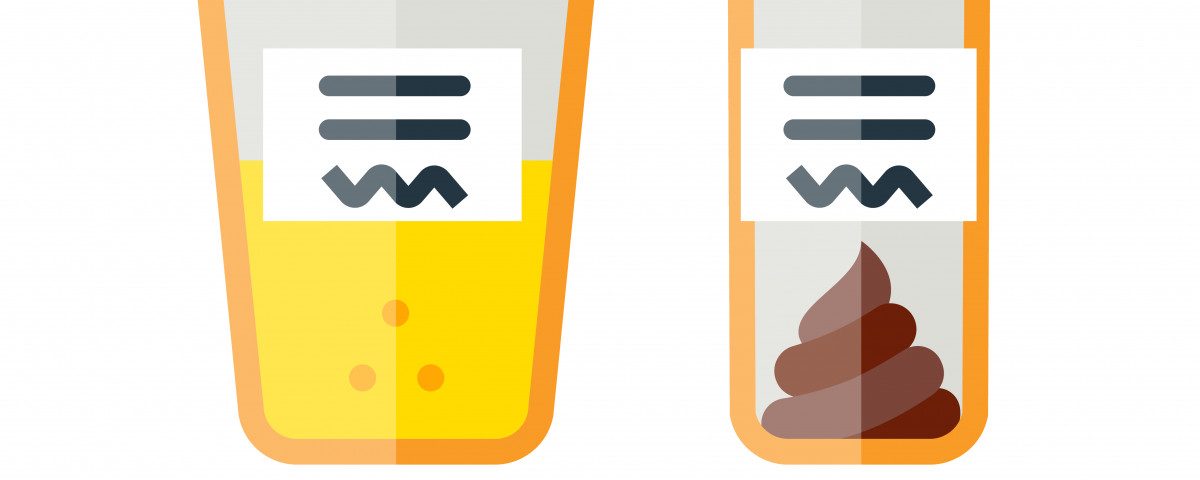Researchers have found the fecal calprotectin test improves correct diagnosis of inflammatory bowel disease (IBD) in children, and is even more effective than blood test markers.
The study, “Use of Laboratory Markers in Addition to Symptoms for Diagnosis of Inflammatory Bowel Disease in Children,” was published in the journal JAMA Pediatrics.
Diagnosing children with IBD and being able to differentiate them from those with other gastrointestinal disorders, such as irritable bowel syndrome, can be challenging. The currently used diagnostic tools rely first on patients’ history and a physical examination, but a definite diagnosis often requires an endoscopy. This is an invasive procedure which is especially unpleasant to children.
Now, a team of researchers at the University Medical Center Groningen in the Netherlands decided to investigate “whether commonly used blood markers or fecal calprotectin improve the accuracy of the diagnostic workup beyond the findings of history and physical examination to select children for endoscopy.” Measuring the levels of the calprotectin protein in stools is a test used to detect inflammation in the intestines.
They searched two databases, MEDLINE and EMBASE, for studies reporting the use of more than one blood marker or fecal calprotectin test to assess a potential IBD diagnosis in pediatric patients showing chronic gastrointestinal symptoms. The diagnosis could then be confirmed by endoscopy and histopathology (the study of disease in the tissues) or a clinical follow-up.
Out of 16 eligible studies, the team analyzed eight studies, which included a total of 1,120 patients. They observed that blood markers and fecal calprotectin results allowed clinicians to better discriminate between pediatric patients both with and without the disease.
In addition, fecal calprotectin was considered the best marker for diagnosing IBD, followed by the erythrocyte sedimentation rate (ESR), a blood test that measures the rate at which red blood cells sediment over one hour. It works as a nonspecific measure of inflammation in the body.
Using the fecal calprotectin test, the proportion of IBD patients without the disease who were correctly classified as low risk increased from 33% to 91%, while the percentage of those with IBD incorrectly classified as low-riskers decreased from 16% to 9%. The classification to intermediate-risk category decreased from 55% to 6%.
Overall, these results suggest that “fecal calprotectin added the most diagnostic value to symptoms compared with commonly used blood markers,” the researchers concluded. “Addition of fecal calprotectin to the diagnostic workup of referred pediatric patients with symptoms suggestive of IBD considerably decreased the number of pediatric patients in the intermediate-risk for IBD group.”

